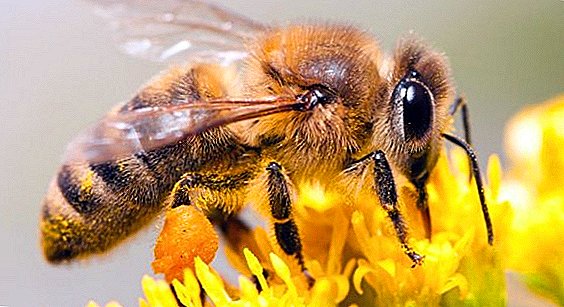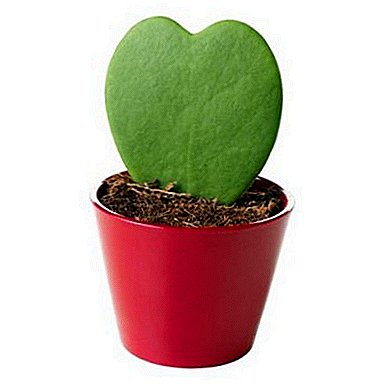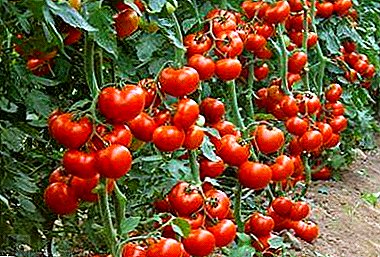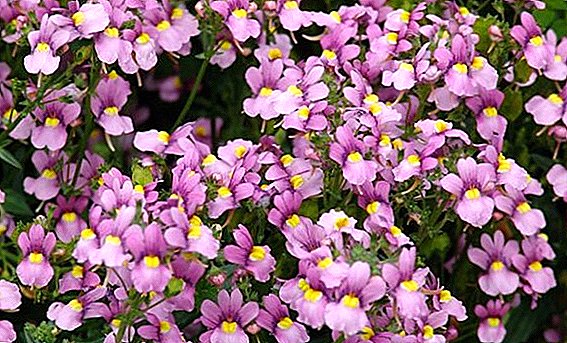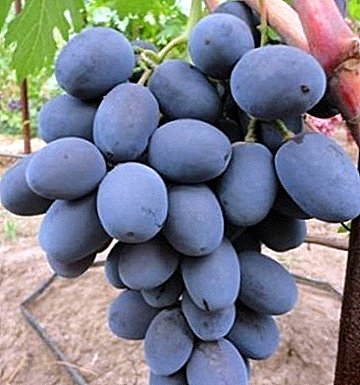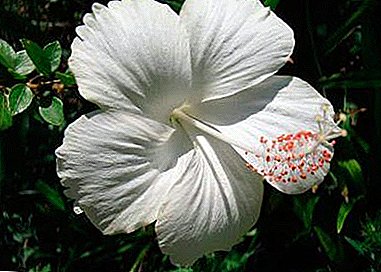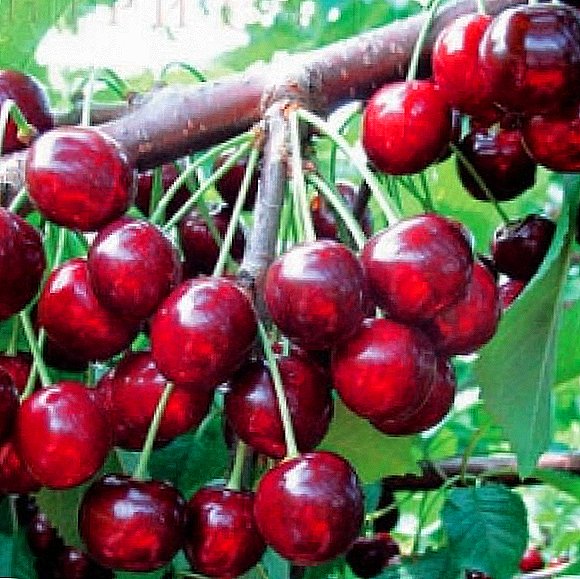
What is brachychiton? Brachychiton or the tree of happiness - A plant that belongs to the family Strekulievyh. Homeland plants - Australia.
In culture, there are several species. Every kind may be very different from each other.
Description
For example, one plant has leaves with a width and length of about 4 cm, its height is about 6 meters. And in another type of leaves are much larger, up to 20 cm in diameter, the height reaches 30 meters.
Trunk brachichiton bottle-shaped, with intertwined roots. Sometimes such a plant is called “bottle tree”. The massive barrel in the form of a bottle is a reservoir for water supplies and nutrients. Water is stored in the lower layer of the stem, and the top is a solution containing nutrients.
A photo
Brachychiton: photos of plants and fruits.


Home care
Care after purchase
After acquiring the "tree of happiness" should find the best place. It is better to choose windows with directions to the southeast or southwest. If the tree is placed on the southern window-sill, in the summer it is better to shade the placement, as the bright sun can cause overheating of the leaves and their burn.
With the location of the tree on the northern sill, it is necessary to ensure additional illumination fitolamp. Especially need additional lighting in the winter.
Watering
In summer time brachichiton should be watered very plentifully, but the top layer of the soil should dry out.
Since the beginning of the autumn months watering is gradually reduced. From the end of autumn there comes a period of rest, which continues until the beginning of spring. At this time, you need to water very rarely and allow the soil to dry well.
In this period begins leaf fallthat does not need to try to prevent. The tree should rest in order to bloom. Some seek to stop the strong fall of the leaves, while watering abundantly. But this procedure will lead to rotting of the root system and contributes to the development of the porosity of the trunk.
Bloom
The flowering of brachychiton continues up to three months. It is abundant. For a tree of one species, this period begins soon after the leaves fall. Other trees bloom when there are leaves.
Small flowers, up to 2 cm in diameter. They are bells with five or six petals. Shades can be different: one-color, multi-color, with different patterns.
After a flowering period fruit set takes place. They are pods, reaching a length of up to 20 cm. They contain seeds in the form of nuts covered with a chiton (bristle). That is why the genus is called Brachychiton.
Brachychiton during flowering.


Crown formation
The brachichiton crown is formed by pinching shoots and timely pruning.
The soil
The tree loves loose soil. Composition may vary.:
- a mixture of equal amounts of peat, leaf soil and two parts of river sand;
- a mixture of the same amount of turf, leaf land, sand and humus;
- a mixture of earth, sand and small gravel. The land is added in double volume.
Planting and transplanting
Adult plants transplanted as the growth of the root system. One must completely occupy the whole pot.
Young brachychitons transplanted every year in spring, before the flowering period.
Breeding
 The tree of happiness is propagated by seeds or cuttings.
The tree of happiness is propagated by seeds or cuttings.
Breeding cuttings upper shoots with 3 internodes are cut off and processed by growth stimulants.
Put in the soil of peat and sand.
Growing and temperature
With good illumination, room temperature is sufficient for brachichiton.
With a shortage of light in the winter The tree is best placed in a place cooler, having an air temperature of 10-15 degrees.
With a lack of light and room temperature, the shoots can weaken and strongly stretch.
Benefit and harm
Brachychiton is an original plant that can decorate any room and contribute positive energy to it.
The "tree of happiness" is not poisonous, it cleans the air and improves the microclimate.
Scientific name
Brachychiton has a name derived from two words: Brachy, which in Greek means “short” and chiton (“shirt”).
Karl Moritz Schumann, a scientist from Germany, described this tree.
Named so because of the appearance of the fruit, because they have stubble, resembling a nap shirt.
Diseases and pests
 Major pests brachichitons are whitefly, scythe and spider mite. Leaves and stem when damaged by pests are washed under the shower (about 40-45 degrees).
Major pests brachichitons are whitefly, scythe and spider mite. Leaves and stem when damaged by pests are washed under the shower (about 40-45 degrees).
Soil before the procedure is better protected with cellophane. Can be treated with special preparations.
Brachychiton does not like the lack of light, cigarette smoke, overflow.
Conclusion
Brachychiton is an ornamental plant imported from Australia. There are several species that vary greatly among themselves.
Brachychiton is not whimsical and does not require special care, but still does not like play and lack of light. Thanks to the trunk, which is similar in structure to the bottle, the tree can withstand dry periods for a long time.



